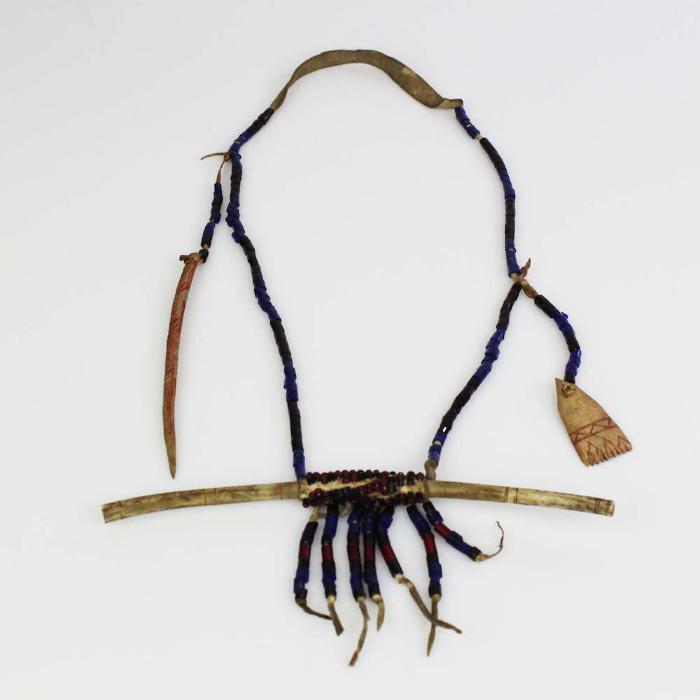Menstruate — Aqumaluni

People in Western society don’t talk about menstruation. We know women menstruate, but this monthly event is quietly hidden from view. Alutiiq communities treated menstruation differently. Womens’ monthly cycles were a visible part of village life.
A woman’s first period was often marked by a feast with family and friends. Dressed in special clothing, the young woman received tattoos, had her hair cut in an adult style, and gave away her toys. Then, she entered confinement. This very visible process led to her recognition as an adult member of society, and she emerged ready for marriage and motherhood.
Historically, menstrual seclusion took place in a small structure built beside the family home. In the twentieth century, menstruating women were confined to their homes, bedrooms, or even beds. The purpose of such seclusions was to separate the powerful, life-giving forces of women from the life-taking power of hunters. A woman who failed to seclude herself or to follow other taboos—touching household objects, looking at the ocean, crossing a salmon river, talking to people—could scare away animals, harm a hunter’s luck, and even bring bad weather. To limit their contact with others, those in confinement used a special set of tools, including eating utensils, a straw, and a scratcher.
Alutiiq Elders recall such seclusions and report that the rules varied by community. In some villages, a woman was secluded during her first period. In others, seclusion was a monthly event. One Elder recalls traveling to fish camp in a skiff during her first period. Her family covered her with a blanket for the trip to their cabin and sprinkled the ground she walked on with ashes to avoid contaminating the soil. For the next forty days, she was not allowed to visit other people’s homes or go to church.
